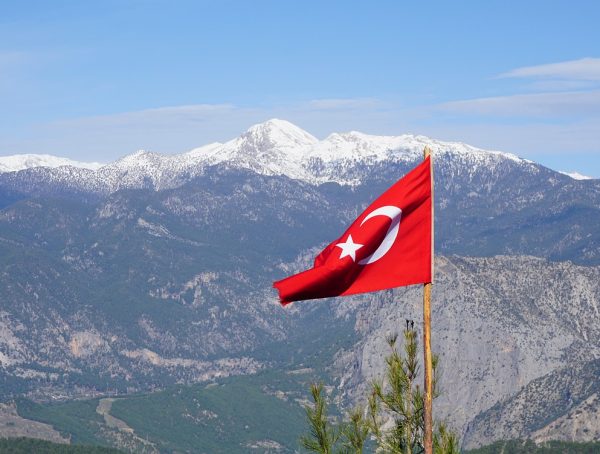News dissemination and consumption pattern are changing drastically thanks to news consumers who spread the news by sharing links on social media. That’s because people increasingly follow links on social network sites rather than visiting the news sites directly.
Three researchers from University of Amsterdam, The Netherlands and University of Vienna looked at news stories and what makes them more likely to be shared. After analyzing 132,682 news articles from six Dutch news sites, they found that stories involving conflict got a small boost on both social media platforms (1.11 times for Twitter, 1.9 times for Facebook). But stories with a positive tone fared slightly better than stories with a negative tone.
News stories about Dutch domestic issues got highest interaction on Facebook. On Facebook, domestic issues got 1.8 times as many shares as stories about non-domestic issues; on Twitter. the same issue got 1.29 times. The study also found that cultural distance does matter as well: stories about non-Western countries receive only 0.83 (Twitter) and 0.69 (Facebook) times as many shares as the baseline of Western countries. A topic that is closer to home is shared more often because it involves another Western and thus culturally similar country.
The study showed that Facebook and Twitter are used in generally similar but sometimes also different ways. For example, only 8.1 percent of the articles received no shares on Twitter, with 72.6 percent of stories receiving 10 shares or fewer. Only 1.1 percent of stories garnered more than 100 shares. The stories shared most on Twitter received more than 4,000 shares.
A significant difference between Twitter and Facebook was found in human interest stories. They received 1.33 times more interactions on Facebook than stories about other subjects. But for Twitter, human interest stories got no better (and no worse) than anything else.
The researchers found that stories about topics that were already “very present in the media” received fewer shares on Twitter than stories “that did not belong to the top issues.” Facebook was just the opposite. Stories about the day’s hot topics fared better than average. The authors note that “one interpretation would be that sharing on Facebook centers more around few dominant issues, whereas on Twitter there is more variation.”
In summary, the authors say that the most shares will be received by an article about the readers’ own country (or at least another Western country) and not written by a news agency. Of less but still considerable importance is the presence of conflict, while human interest works only on Facebook, where it has a strong influence. Regarding tone, positivity works better than negativity, especially on Facebook. The results regarding the popularity of a topic are inconclusive, as the effect on Twitter and Facebook shares is opposite.
To read the full text of the study:
Trilling, D., Tolochko, P., & Burscher, B. (2017). “From Newsworthiness to Shareworthiness: How to Predict News Sharing Based on Article Characteristics.” Journalism & Mass Communication Quarterly, 94(1), 38-60.








